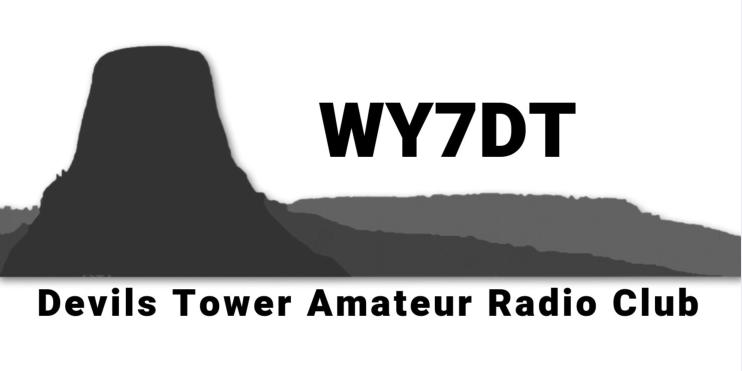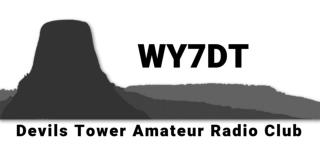
Amateur Radio on the ISS
The Amateur Radio station aboard the International Space Station is known as the
ARISS program – Amateur Radio on the International Space Station. Many
astronauts and cosmonauts have amateur radio licenses. Amateurs from the ISS
partner countries, in the USA, Russia, Japan, Europe and Canada, have set up the
ARISS program to foster amateur radio communications between the astronauts and
cosmonauts who reside on the station and stations on the ground.
ARISS was the first amateur radio projects to gain access to the International Space
Station as it helps NASA fulfill Science, Technology, Engineering, and Math (STEM)
goals for education. ARISS is an international educational outreach program
partnering the participating space agencies, NASA, Russian Space Agency, ESA,
CNES, JAXA, and CSA, with the AMSAT, ARRL, and IARU organizations from
participating countries.
ARISS offers an opportunity for students to experience the excitement of Amateur
Radio by talking directly with crewmembers on-board the International Space
Station. Teachers, parents and communities see, first hand, how Amateur Radio and
crew members on ISS can energize youngsters’ interest in science, technology, and
learning. In the current launch environment.
The ARISS amateur radio gear on the ISS provides added value in its STEM
educational mission. The beneficial side effect for Amateur Radio operators is that
the ARISS station remains available for general amateur radio usage when it is not
engaged in educational contacts.
This Information Is Provided By AMSAT.ORG
Mode V/U FM Voice Repeater Worldwide
Uplink
145.990 MHz FM
Downlink
437.800 MHz FM
Amateur Radio on the ISS
The Amateur Radio station aboard the International Space Station is known as the
ARISS program – Amateur Radio on the International Space Station. Many
astronauts and cosmonauts have amateur radio licenses. Amateurs from the ISS
partner countries, in the USA, Russia, Japan, Europe and Canada, have set up the
ARISS program to foster amateur radio communications between the astronauts and
cosmonauts who reside on the station and stations on the ground.
ARISS was the first amateur radio projects to gain access to the International Space
Station as it helps NASA fulfill Science, Technology, Engineering, and Math (STEM)
goals for education. ARISS is an international educational outreach program
partnering the participating space agencies, NASA, Russian Space Agency, ESA,
CNES, JAXA, and CSA, with the AMSAT, ARRL, and IARU organizations from
participating countries.
ARISS offers an opportunity for students to experience the excitement of Amateur
Radio by talking directly with crewmembers on-board the International Space
Station. Teachers, parents and communities see, first hand, how Amateur Radio and
crew members on ISS can energize youngsters’ interest in science, technology, and
learning. In the current launch environment.
The ARISS amateur radio gear on the ISS provides added value in its STEM
educational mission. The beneficial side effect for Amateur Radio operators is that
the ARISS station remains available for general amateur radio usage when it is not
engaged in educational contacts.
This Information Is Provided By AMSAT.ORG
Mode V/U FM Voice Repeater Worldwide
Uplink
145.990 MHz FM
Downlink
437.800 MHz FM



































